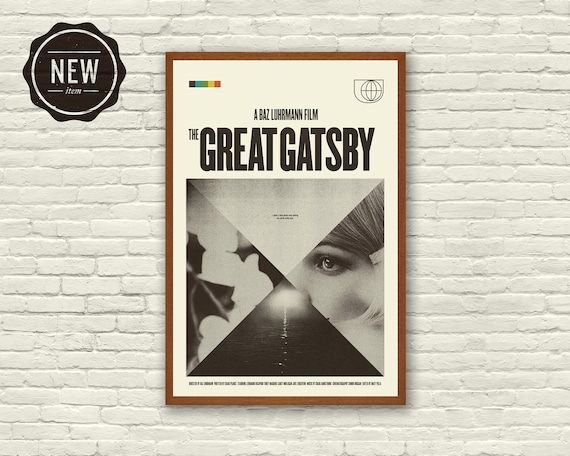
Gatsby continues to attract popular and scholarly attention. Numerous stage and film adaptations followed in the subsequent decades. However, during World War II the novel faced a critical and scholarly re-examination, and it soon became a core part of most American high school curricula and a focus of American popular culture. As such, Gatsby sold poorly, and although Fitzgerald believed that negative criticisms of the novel did not interpret his work correctly, when the author died in 1940 he believed himself to be a failure and his work forgotten. Fitzgerald was, however, happy with painter Francis Cugat's final cover design.Īfter its publication by Scribner's in April 1925, The Great Gatsby received mixed reviews from literary critics who believed that it did not hold up to Fitzgerald's previous writing and thus signaled the end of the author's literary achievements. The final title that he was documented to have desired was Under the Red, White, and Blue. Despite being happy with the content of the text after revision, Fitzgerald was ambivalent about the book's title and considered a variety of alternatives. After submitting the draft to editor Maxwell Perkins, the editor persuaded Fitzgerald to revise the work over the following winter.

Following a move to the French Riviera, he completed a rough draft in 1924. The novel was inspired by a youthful romance Fitzgerald had with a socialite, and by parties he attended on Long Island's North Shore in 1922.

Set in the Jazz Age on Long Island, the novel depicts narrator Nick Carraway's interactions with mysterious millionaire Jay Gatsby and Gatsby's obsession to reunite with his former lover, Daisy Buchanan. The Great Gatsby is a 1925 novel by American writer F.


 0 kommentar(er)
0 kommentar(er)
